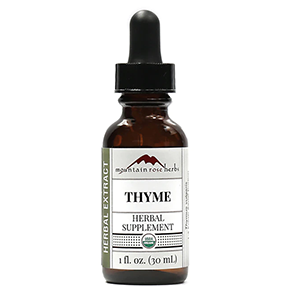
If available other names are mentioned hereĬreeping thyme. Cuttings of half-ripe wood, 5 - 8cm with a heel, July/August in a frame. Cuttings of young shoots, 5 - 8cm with a heel, May/June in a frame. Plant them out in the summer or the following spring. We have found that it is best to pot up smaller divisions and grow them on in light shade in a greenhouse or cold frame until they are growing away well. Larger divisions can be planted out direct into their permanent positions. Plant them out into their permanent positions in late spring or early summer, after the last expected frosts. When they are large enough to handle, prick the seedlings out into individual pots and grow them on in the greenhouse for at least their first winter. Seed can also be sown in autumn in a greenhouse. Our new book to be released soon is Edible Shrubs. Book titles include Edible Plants, Edible Perennials, Edible Trees, and Woodland Gardening. Plants For A Future have a number of books available in paperback and digital form. Type a value in the Celsius field to convert the value to Fahrenheit: References Carbon Farming Information and Carbon Sequestration Information Temperature Converter Special Features:Attractive foliage, Edible, Fragrant foliage, Not North American native, Suitable for dried flowers. The flowers are rich in nectar and are very attractive to honey bees, the plant also attracts butterflies. A good companion for most other plants, it makes a very good carpeting plant for the rockery or between paving stones and can also be grown in a short lawn. praecox arcticus, but this species is not so common in Britain. This species is harvested commercially for its essential oil, known as 'wild thyme'. This is a very difficult genus taxonomically, the species hybridize freely with each other and often intergrade into each other. A layer of gravel on the soil around them will help protect the foliage from wet soils. Thymes dislike wet conditions, especially in the winter. Grows well between stepping stones on paths, tolerating light treading. Requires a light well-drained preferably calcareous soil in a sunny position. Landscape Uses:Container, Ground cover, Rock garden, Seashore. References More on Other Uses Cultivation details Special UsesĪttracts Wildlife Ground cover Scented Plants These low-level groundcovers provide little fuel. Zone 2 is the second away from the house. The US government has created a system of firebreaks for areas prone to wildfires, theses are separated into concentric zones surrounding buildings. Perennial groundcover for zone 2 firebreaks. Plants are only satisfactory when young or growing luxuriantly - they are apt to become bare in patches otherwise. Plants are best spaced about 45cm apart each way. It needs weeding for the first year or so. A good ground cover for a sunny position. The growing plant is said to repel cabbage root fly. The dried flowers are used to repel moths from clothing.

About 150 grams of oil are obtained from 100 kilos of plant material. It has fungicidal and disinfectant properties. An essential oil distilled from the leaves is used in the treatment of stress-related conditions, though it can cause allergic reactions.ĭeodorant Disinfectant Disinfectant Essential Fungicide RepellentĪn essential oil from the leaves and flowering tops is used in perfumery, soaps, medicinally etc.

Wild thyme contains all the medicinal properties of the more commonly used garden thyme (T. The plant can be used fresh at any time of the year, or it can be harvested as it comes into flower and either be distilled for the oil or dried for later use.

Externally, it is applied to minor injuries, mastitis, mouth, throat and gum infections etc. It should not be prescribed for pregnant women. It is said to be effective in treating alcoholism. It is taken internally in the treatment of bronchitis, catarrh, laryngitis, flatulent indigestion, painful menstruation, colic and hangovers. The whole plant is anthelmintic, strongly antiseptic, antispasmodic, carminative, deodorant, diaphoretic, disinfectant, expectorant, sedative and tonic. Wild thyme is a commonly used domestic remedy, being employed especially for its antiseptic properties and its beneficial effect on the digestive system.
#Wild thyme extract professional
Always seek advice from a professional before using a plant medicinally.Īnthelmintic Antirheumatic Antiseptic Antispasmodic Carminative Deodorant Diaphoretic Disinfectant Plants For A Future can not take any responsibility for any adverse effects from the use of plants.


 0 kommentar(er)
0 kommentar(er)
